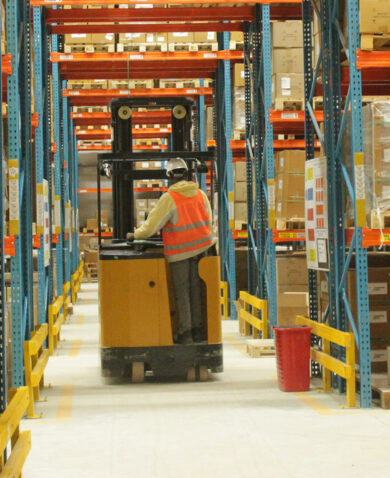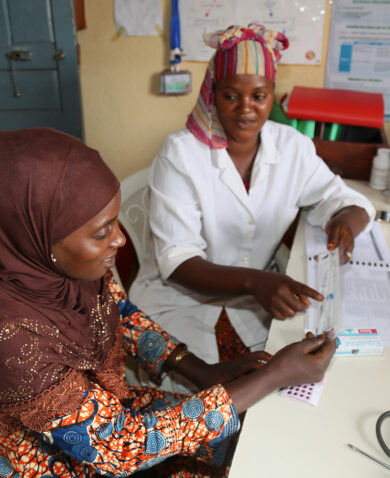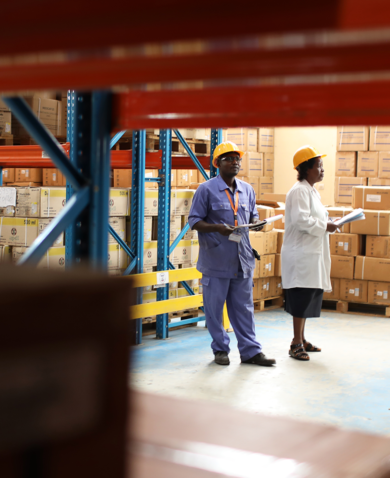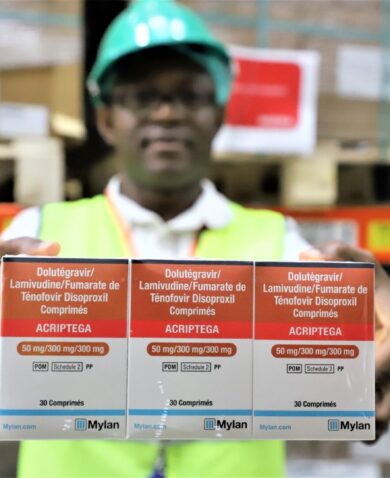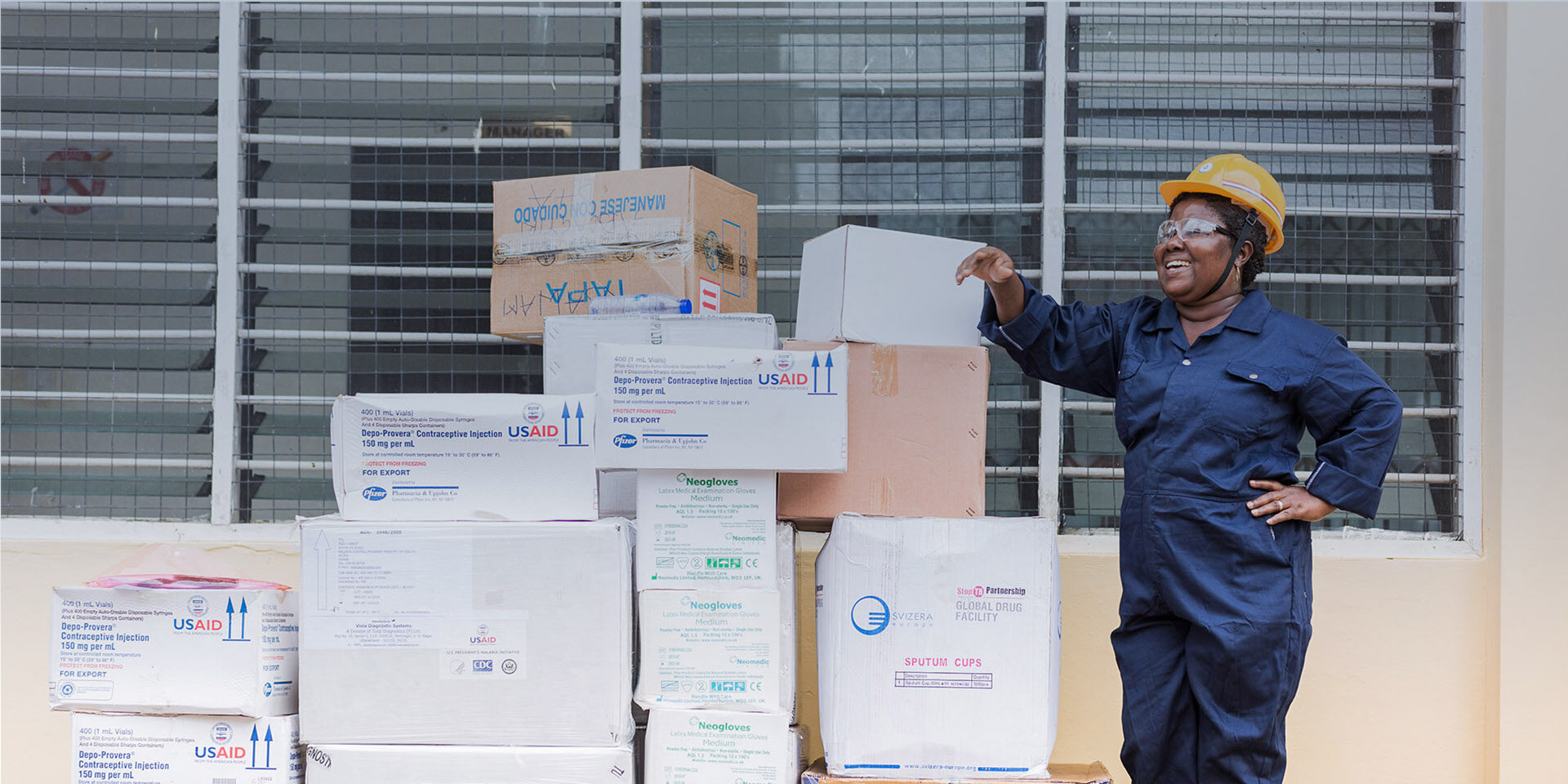
Achieving Data Driven Health Supply Chains: Local Lessons and Global Solutions
August 26, 2021 | 5 Minute ReadGlobal health supply chain practitioners across all industries agree: data visibility for decision-making is a critical component to a healthy supply chain.

The COVID-19 pandemic has affected nearly every way in which global supply chains function. While one of the most striking examples is the desperate need for data visibility for vaccine distribution and patient vaccination status, supply chain practitioners also need visibility into distribution and consumption of health commodities procured outside of COVID-19. For these health essentials, the pandemic has shaped priorities, presented new challenges, and generated examples of both local and global successes in data visibility.
For donors, implementation and adoption of global standards remains a critical next step in achieving data driven supply chains. USAID has been prioritizing the promotion of global standards (GS1) to enhance product identification, location identification, and product master data. Without global standards, supply chain managers sometimes are unable to easily identify products in facilities or exchange data between systems. They rely on lengthy manual processes to identify the chain of custody or stock on hand and commodity gaps. Different countries and different supply chains implement different standards, leaving supply chains open to quality vulnerability as well as a lack of system interoperability.
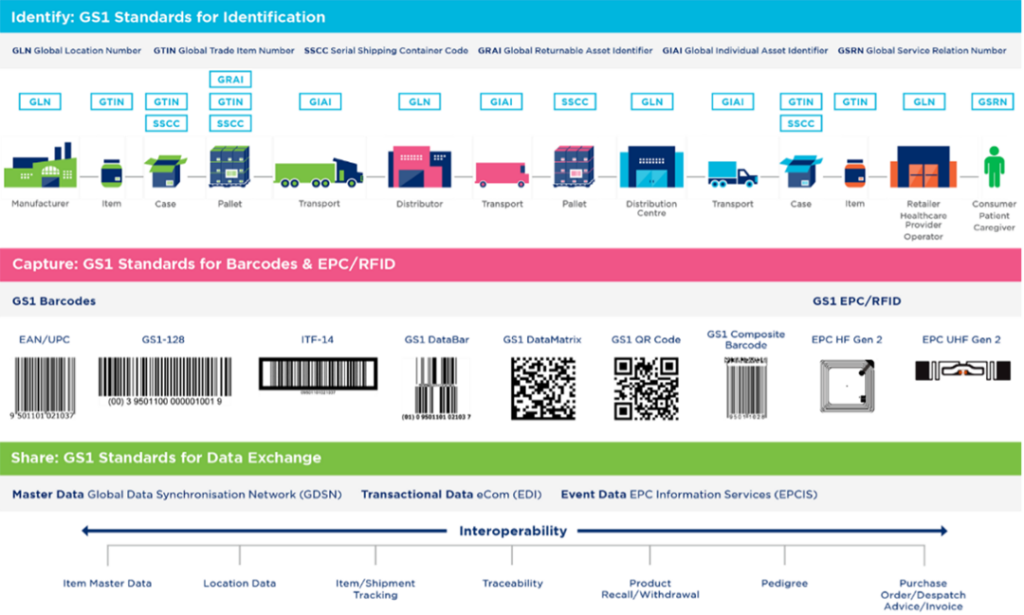
The magnitude of the challenges to achieving data-driven supply chains is perhaps best underscored by the lack of a very definition for “end-to-end” data visibility. Stakeholders disagree on where the supply chain begins and where it ends. Last mile delivery is often used to describe the work of the Global Health Supply Chain Program–Procurement and Supply Management (GHSC-PSM) project but for some, the last mile ends at the service delivery point and for others, the last mile ends when the patient has their medicine in hand. With this ambiguity, achieving end-to-end data visibility becomes even more complex.
Better tools mean better data which enable better decisions
Even with these challenges, supply chain practitioners across the globe have made great progress in creating resilient supply chains with improved data visibility. COVID-19 has highlighted the need for supply chains to be agile, flexible, and resilient. For many in the private sector, supply chains have shifted from “just in time” to “just in case,” replacing cost-efficiency as a priority in favor of commodity security, ensuring stock availability even if that means redundancies. Supply chain managers and innovators are opting for new tools that are better equipped to respond to global disruptions. With support from USAID, GHSC-PSM has been successfully using the Quantification Analytics Tool (QAT) in place of Pipeline, which had been used for over 15 years for forecasting and supply planning. QAT incorporates master product lists and aggregates supply plans, removing timely manual processes.
Globally, USAID is also supporting the creation of the Global Trust Repository, which is supported by several donors to allow for verification of secondary packaging of COVID-19 vaccines in low to middle income countries (LMICs). Donors including the Bill & Melinda Gates Foundation, GAVI, Global Fund, USAID, the World Health Organization, and the World Bank are helping LMICs prepare for and implement traceability systems to reduce the risk of proliferation of falsified pharmaceuticals, vaccines, and other health technologies. The Global Trust Repository will initially host traceability data from COVID-19 vaccine manufacturers and from all manufacturers eventually.
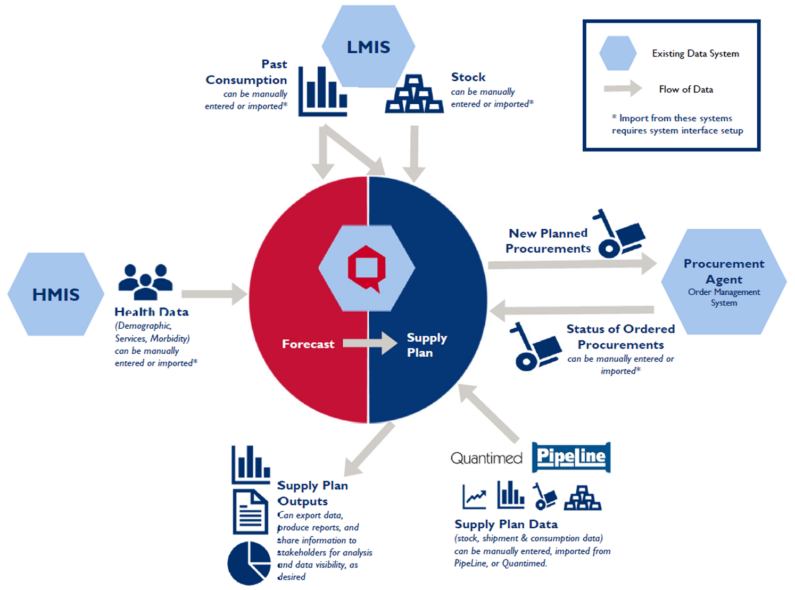
Real time data visibility and accessibility for improved decision-making
In addition to global efforts, in-country solutions for increasing data visibility have had great success. With support from USAID, GHSC-PSM supported the rollout of an electronic logistics management system (eLMIS) in Nepal, which enables full visibility within the country including stock visibility from central level to the service delivery point. Nepal has also undertaken an initiative to advance supply chain data analytics and visualization though a dashboard within the eLMIS that displays key supply chain logistics information allowing for quick management decisions.
Similarly, Ghana, with the support of GHSC-PSM, has also rolled out an eLMIS, which offers real-time data visibility and accessibility for improved decision-making and ultimately cost reduction. The system moved from a manual system to the current automated system which reduced time for order fulfillment and processing. Better visibility into consumption and expiry data has allowed for better forecasting and timely replenishment. Through this system, supply chain practitioners can analyze the performance of facilities by understanding when they are stocked out at any given time and the reason for stock outs.
In addition to the specific country examples mentioned, there are other innovative ways to address data gaps. One example is exploring how countries can “leapfrog,” moving from basic operations to more advanced and saving time in their development trajectory. For example, many countries went from no phones to cell phones and skipped the incremental step of the landline. In Nepal, improved infrastructure paves the way to make great strides, including the proliferation of cell phones and the emergence of new technologies that harness artificial intelligence and robotics for data gathering.
Other promising development pathways include the role of artificial intelligence (AI) and machine learning. By eliminating the possibility of human error during manual data entry, AI has the potential to increase confidence in data and ensure data accuracy. AI also has the potential to make supply chains more efficient when applied to forecasting and supply planning and other advanced analytics. For example, AI can analyze consumption trends, support the prediction of stock outs, suggest product redistribution, and calculate more efficient transportation routing.
Expediting our journey towards a data-driven supply chain
Supply chain practitioners across industries and across the world agree that data visibility for informed decision-making is crucial for any well-functioning supply chain. While the path to achieving that goal isn’t completely aligned for every country or every stakeholder, there are critical lessons, best practices, and innovations that promise progress. Despite challenges like stakeholder misalignment, a lack of consistency in the application of data standards, and investment shortfalls, many countries like Nepal and Ghana have made great strides in improving data quality, ultimately allowing these countries to use data for decision-making. Promising technologies like AI and new tools like QAT expedite our journey towards a data-driven supply chain. Rolling out and managing global standards will give practitioners insights into product traceability, ultimately allowing them to ensure health products reach the hands those who await them.
Footnote: Many examples in this blog were inspired by an expert panel of supply chain experts across sectors to discuss data visibility efforts that Chemonics convened on July 14th. Panelists included representatives from USAID, Maersk, the Ghanaian government, GHSC-PSM, and Chemonics to include perspectives from the donor, private, public, and implementing partner communities. To learn more, watch the webinar here.
Posts on the blog represent the views of the authors and do not necessarily represent the views of Chemonics.


